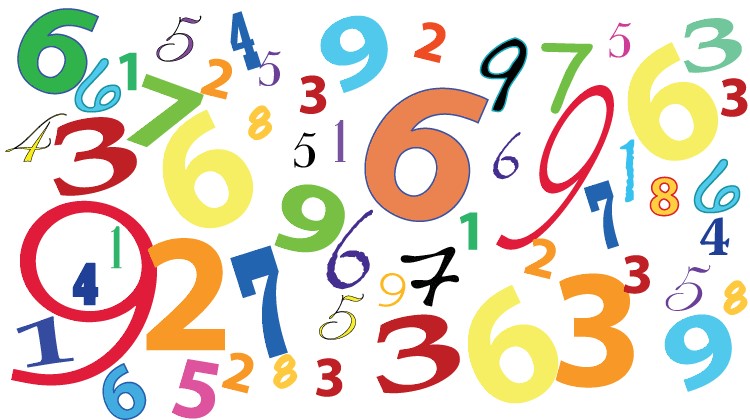Over the years, we’ve seen a lot of research, and collected our own data and analytics on what causes sales professionals to win. We’ve seen certain patterns emerge. Things like engaging the customer early in their process, ideally being the organization driving their thinking drives higher win rates. Other areas that one would expect is demonstrating superior value in both the solution and how we engage the customer in their buying process drive higher win rates. Giving customers new ideas, helping them improve their business drives both win rates and customer loyalty (derived from Gartner Research).
But we’ve found one unusual, compelling piece of data that frankly surprised us. Over the last 18 years we’ve analyzed 27357 wins. We found that 95% of the sales people did this one thing before going into the closing call. They went into the bathroom and pee’d! (This isn’t Gartner Research, but I’m reasonably certain they wouldn’t disagree.)
That conclusion shocked all of us involved in the research, but clearly, the secret to winning is peeing before the final presentation! (We are interviewing the other 5 percent to see if they have stronger bladder control or just avoided coffee in the morning.)
Let me pause while you absorb this insight……..
OK, I’m on the rampage about sloppy data analysis, somehow it seems to be in vogue, often cloaked in an AI/ML message from some sales/marketing tools vendor.
Today, I read, “The ideal introductory sales pitch needs to be 9.1 minutes long. And it can’t be 11.4 minutes long!” The author went on to describe the analysis of over 127K conversations, discovering if your introductory pitch was 9.1 minutes long you tended to win. If it was 11.4 minutes long you tended to lose.
I started wondering, “What if my customer interrupts my carefully crafted 9.1 minute pitch with a question. If it takes 2.3 minutes for them to ask it and me to answer it, I’ve lost!!!!!”
I continued to struggle with conflicting ideas. I always thought great sales calls were dialogs, two way, value based conversations. I thought the more engaged a customer is, the more likely we could navigate their buying process building trust, value, and collaboratively learning.
But the data is clear, we have to do a 9.1 minute pitch! And we can’t cross that time gap to 11.4 minutes.
I’m certain this sales enablement vendor is doing the math right. But I’m confused about the conclusions. Is the 9.1 minute introductory sales pitch causation? Is it because of that 9.1 minutes we won? Ironically, the article didn’t focus on the content of that 9.1 minutes, what was presented, and so forth. The implication in the article was that the win was because of the 9,1 minutes.
Alternatively, it could just be correlation. Correlation can be very powerful, but it is different than causation. Understanding causation gives you the secret decoder ring to winning more deals.
We see faux analytics leveraged all the time. There’s something authoritative about quoting a very large data set, tossing in the word Analytics, getting bonus points for AI/ML, and presenting the single “silver bullet.” “Do this and you will win.”
In fairness to the vendors leveraging faux analytics, they are responding to the buyers. Sale/marketing leaders and sales/marketing people want to believe there is a miracle cure or a silver bullet. If we just do this one thing, we win.
The reality is winning and success is never about just one thing. It’s about doing the whole job and getting more right than wrong. And what’s right changes customer by customer and even within their buying process. And we have to do this deal after deal after deal, consistently, relentlessly.
Which gets us back to Analytics, AI/ML. The great thing about the emerging technologies is they help us figure out more of what’s right and avoid what’s wrong. They don’t give us the answers, but they give us greater insights into discovering the answers for the specific situation we are addressing.
High performance selling is tough, it is the thinking person’s profession. We need to leverage the data as much as we can in guiding our strategies and conversations with customers. Selling is about doing the whole job–from inciting a customer to change, put order to their chaotic buying process, creating value along the way to helping them solve their problems. And we can’t do that with just one customer, but with enough that enable us to achieve our goals while we help them achieve theirs.
In short, we have to do everything, leveraging every tool we can, all of the time. We have execute the whole job relentlessly.
And peeing before your closing call helps….
Afterword: Matt, you owe me another beer

I read this as well.
The good thing about it was that it took less than 9.1 minutes to read. If you remember the Gong Show, this company was appropriately named.
😉
I love this article Dave! You made me laugh and I couldn’t stop! And I take no offense at your fun poke at data. I hope that most people aren’t so gullible so as to not see the difference between the junk science that you pointed out and legitimate data like what OMG makes available.
😉 Glad you share my perverse humor Dave! There is so much bad data analysis being foisted on sales professionals by people who should know better. Inevitably, it reflects poorly on their brand and makes organizations like your stand out!